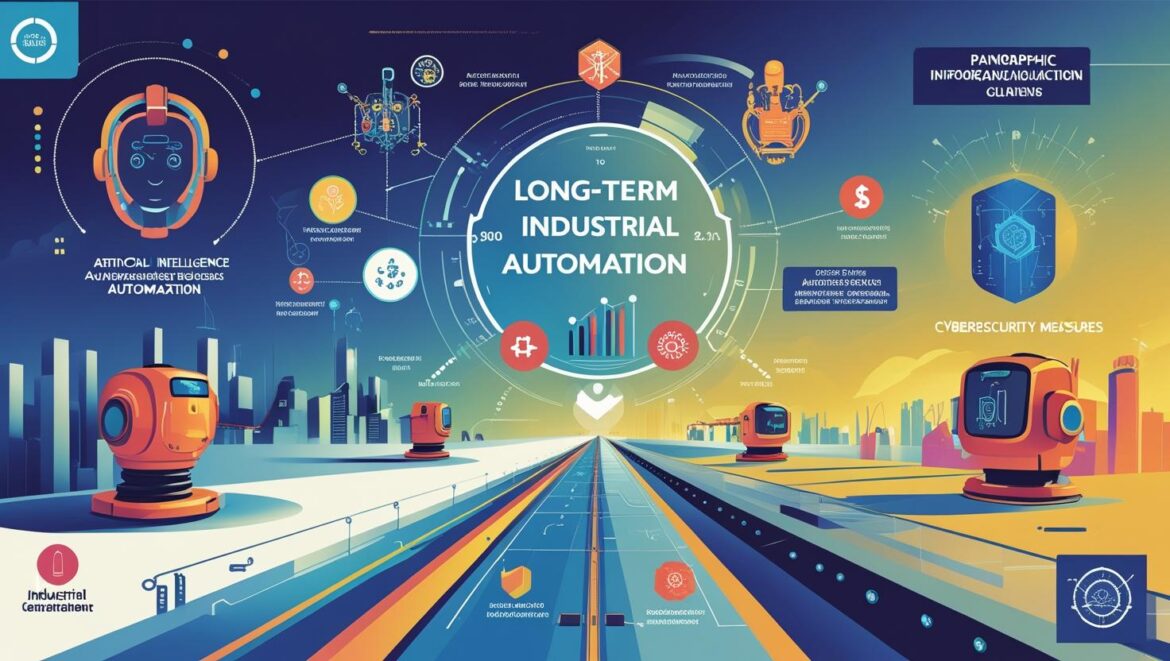Industrial automation is undergoing a transformative shift — fueled by rapid advancements in artificial intelligence, machine learning, robotics, and data analytics. As manufacturers face growing pressure to increase efficiency, reduce costs, and meet sustainability goals, automation is no longer an option — it’s a strategic necessity.
Key Trends Driving the Future
1. AI-Driven Decision Making: Industrial AI is moving beyond predictive maintenance. In 2025, AI systems are increasingly making real-time decisions on quality control, energy consumption, and process optimization.
2. Human-Machine Collaboration: Cobots (collaborative robots) are being deployed not to replace humans, but to enhance productivity and reduce physical strain. Hybrid workforces are becoming the norm in smart factories.
3. Cybersecurity as a Core Priority: With the rise of connected machines and industrial IoT, cyber risks are increasing. Companies are investing heavily in OT (Operational Technology) security frameworks to protect data and critical infrastructure.
4. Edge Computing & Real-Time Automation: Moving data processing closer to the machine enables ultra-fast response times and better system autonomy — especially important in high-speed manufacturing and logistics.
Challenges Along the Way
Despite the promises, automation faces key barriers. Skills shortages are widening — with many companies lacking engineers trained in AI, robotics, or system integration. Integration between legacy equipment and new platforms remains a pain point, particularly in older facilities. And the high cost of deployment continues to slow adoption for SMEs (small and mid-sized enterprises).
Opportunities Ahead
However, the upside is immense. According to Deloitte, smart automation could generate up to $2 trillion in annual productivity gains by 2030. Governments are also supporting automation through subsidies, tax incentives, and Industry 4.0 roadmaps. Startups in vision systems, autonomous logistics, and adaptive control are attracting record investments, and open-source platforms are accelerating innovation.
What’s Next?
The future of industrial automation is not just technological — it’s strategic, human-centric, and deeply integrated. The winners will be those who can combine advanced tech with agile thinking and cross-disciplinary talent.
Automation will no longer be defined by machines replacing humans — but by intelligent systems working *with* people to achieve a level of precision, efficiency, and sustainability previously thought impossible.
Conclusion
From AI and robotics to cybersecurity and edge computing, the automation landscape in 2025 is dynamic and full of potential. By staying ahead of trends and investing in the right skills and systems, manufacturers can build smarter, safer, and more resilient operations for the decade ahead.

